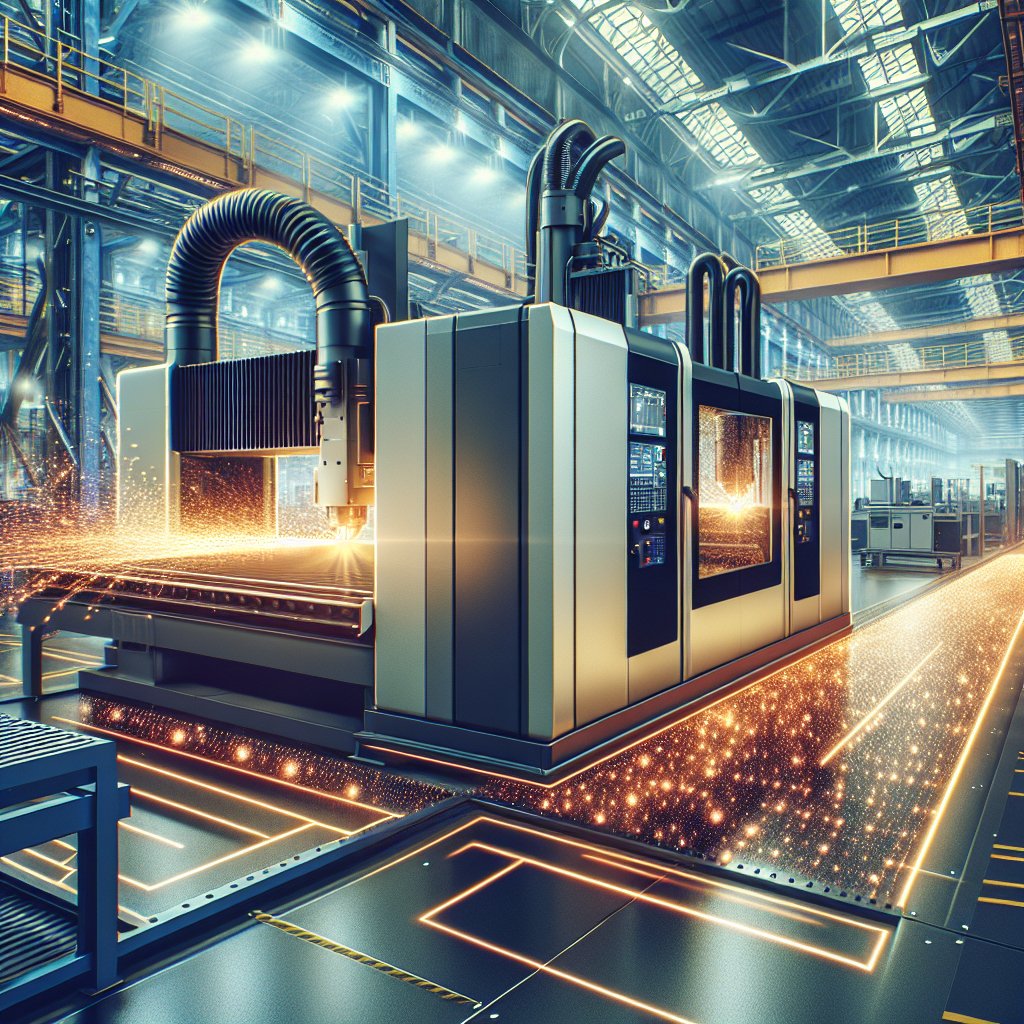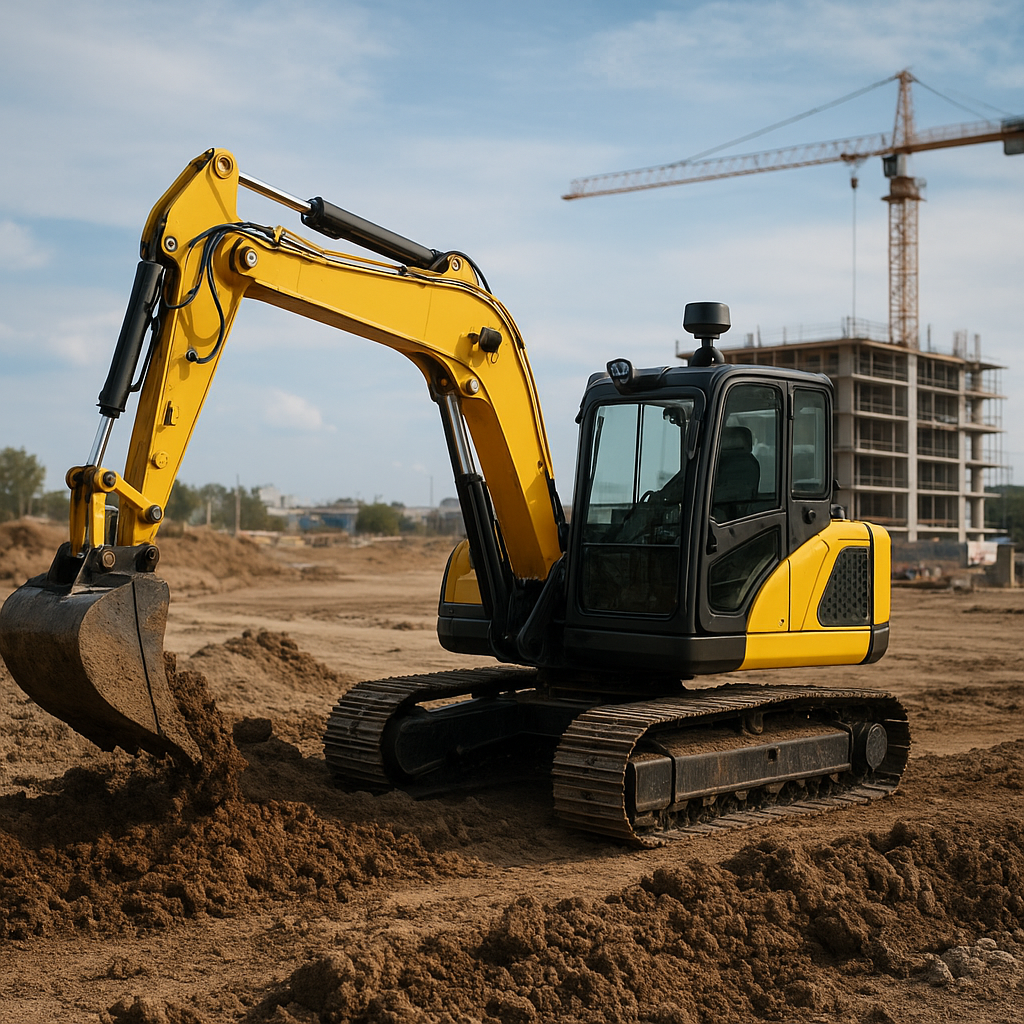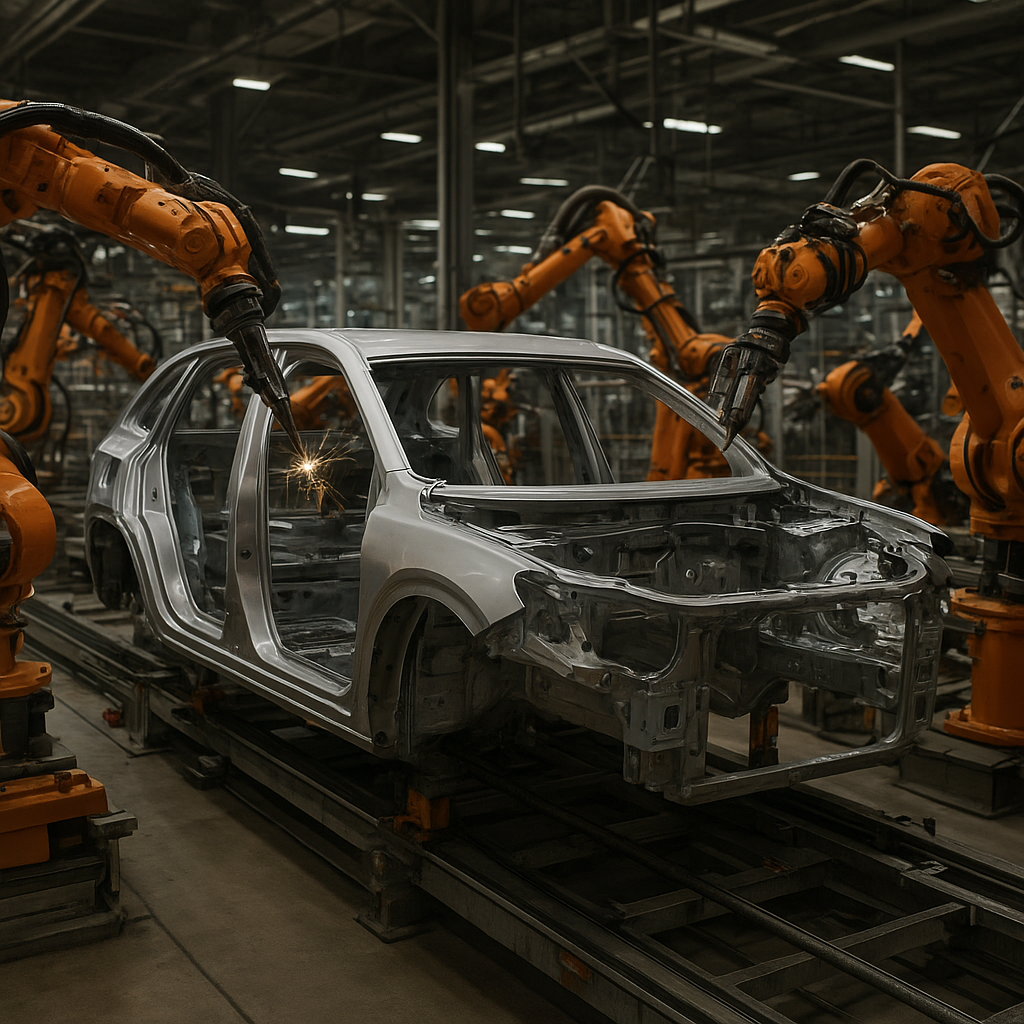
Industrial plasma cutting machines have revolutionized the way industries approach metal cutting, offering precision, speed, and efficiency that were previously unattainable. As technology continues to advance, these machines are becoming more sophisticated, providing even greater benefits to various sectors. This article delves into the latest advancements in industrial plasma cutting machines, exploring how these innovations are shaping the future of metal fabrication.
Understanding Plasma Cutting Technology
Plasma cutting is a process that uses a high-velocity jet of ionized gas, or plasma, to cut through electrically conductive materials. The technology has been around since the 1950s, but it has seen significant improvements over the decades. The basic principle involves creating an electrical channel of superheated, electrically ionized gas, which is used to melt and blow away the material being cut.
The process begins with the generation of a plasma arc, which is formed by sending a gas such as nitrogen, argon, or oxygen through a nozzle at high speed. An electrical arc is then introduced, ionizing the gas and creating plasma. This plasma is capable of reaching temperatures of up to 30,000 degrees Fahrenheit, making it extremely effective at cutting through metals like steel, aluminum, and copper.
Components of a Plasma Cutting System
A typical plasma cutting system consists of several key components:
- Power Supply: Provides the necessary energy to maintain the plasma arc.
- Arc Starting Console: Generates the initial spark to create the plasma arc.
- Plasma Torch: Directs the plasma arc onto the material being cut.
- Gas Supply: Provides the gas needed to create the plasma.
Each of these components plays a crucial role in the efficiency and effectiveness of the plasma cutting process. Recent advancements have focused on improving these components to enhance overall performance.
Recent Innovations in Plasma Cutting Machines
In recent years, several technological advancements have been made in the field of plasma cutting, leading to machines that are more precise, efficient, and user-friendly. These innovations are transforming the way industries approach metal cutting, offering new possibilities and applications.
High-Definition Plasma Cutting
One of the most significant advancements in plasma cutting technology is the development of high-definition (HD) plasma cutting. HD plasma cutting machines offer superior precision and cut quality compared to traditional plasma cutters. They achieve this by using a smaller nozzle and a more focused plasma arc, which results in cleaner cuts with less dross and a narrower kerf.
HD plasma cutting is particularly beneficial for industries that require high precision, such as aerospace and automotive manufacturing. The improved cut quality reduces the need for secondary operations, saving time and reducing costs.
Automated Plasma Cutting Systems
Automation is another area where plasma cutting technology has seen significant advancements. Automated plasma cutting systems integrate computer numerical control (CNC) technology, allowing for precise control over the cutting process. These systems can be programmed to cut complex shapes and patterns with high accuracy, making them ideal for mass production and custom fabrication.
Automated systems also improve safety by reducing the need for manual intervention, minimizing the risk of accidents and injuries. Additionally, they increase productivity by allowing for continuous operation without the need for breaks or downtime.
Improved Consumables and Durability
Advancements in consumable technology have also contributed to the improved performance of plasma cutting machines. Modern consumables are designed to last longer and withstand higher temperatures, reducing the frequency of replacements and lowering operating costs. Enhanced durability also means that machines can operate at higher speeds and with greater precision, further increasing efficiency.
Applications and Benefits of Modern Plasma Cutting Machines
The advancements in plasma cutting technology have expanded the range of applications and benefits for various industries. From small workshops to large manufacturing plants, modern plasma cutting machines offer numerous advantages that make them an essential tool in metal fabrication.
Versatility and Flexibility
One of the key benefits of plasma cutting machines is their versatility. They can cut a wide range of materials, including steel, aluminum, copper, and stainless steel, making them suitable for various applications. The ability to cut different thicknesses and shapes with ease adds to their flexibility, allowing industries to adapt to changing demands and requirements.
Cost-Effectiveness
Plasma cutting machines are known for their cost-effectiveness, offering a high return on investment for businesses. The speed and precision of modern machines reduce material waste and minimize the need for secondary operations, leading to significant cost savings. Additionally, the reduced need for consumable replacements and maintenance further lowers operating expenses.
Environmental Impact
As industries become more conscious of their environmental impact, plasma cutting machines offer a more sustainable solution for metal cutting. The process produces fewer emissions and waste compared to traditional methods, making it a more environmentally friendly option. Additionally, the ability to cut with precision reduces material waste, contributing to more sustainable manufacturing practices.
The Future of Plasma Cutting Technology
The future of plasma cutting technology looks promising, with ongoing research and development aimed at further enhancing the capabilities of these machines. As industries continue to demand higher precision, efficiency, and sustainability, plasma cutting technology is expected to evolve to meet these needs.
Integration with Industry 4.0
One of the key trends shaping the future of plasma cutting technology is the integration with Industry 4.0. This involves the use of advanced technologies such as the Internet of Things (IoT), artificial intelligence (AI), and machine learning to optimize the cutting process. By collecting and analyzing data in real-time, these technologies can improve machine performance, predict maintenance needs, and enhance overall efficiency.
Advancements in Cutting Speed and Precision
Future advancements in plasma cutting technology are likely to focus on increasing cutting speed and precision. Researchers are exploring new materials and designs for consumables that can withstand higher temperatures and pressures, allowing for faster and more accurate cuts. Additionally, improvements in CNC technology and software are expected to enhance the precision and flexibility of automated systems.
Enhanced User Experience
As plasma cutting machines become more advanced, there is a growing emphasis on improving the user experience. This includes developing more intuitive interfaces, providing better training and support, and offering customizable options to meet the specific needs of different industries. By making these machines more accessible and user-friendly, manufacturers can ensure that businesses of all sizes can benefit from the latest advancements in plasma cutting technology.
In conclusion, the advancements in industrial plasma cutting machines are transforming the metal fabrication industry, offering new possibilities and benefits for businesses. As technology continues to evolve, these machines are expected to become even more efficient, precise, and sustainable, paving the way for a brighter future in metal cutting.

